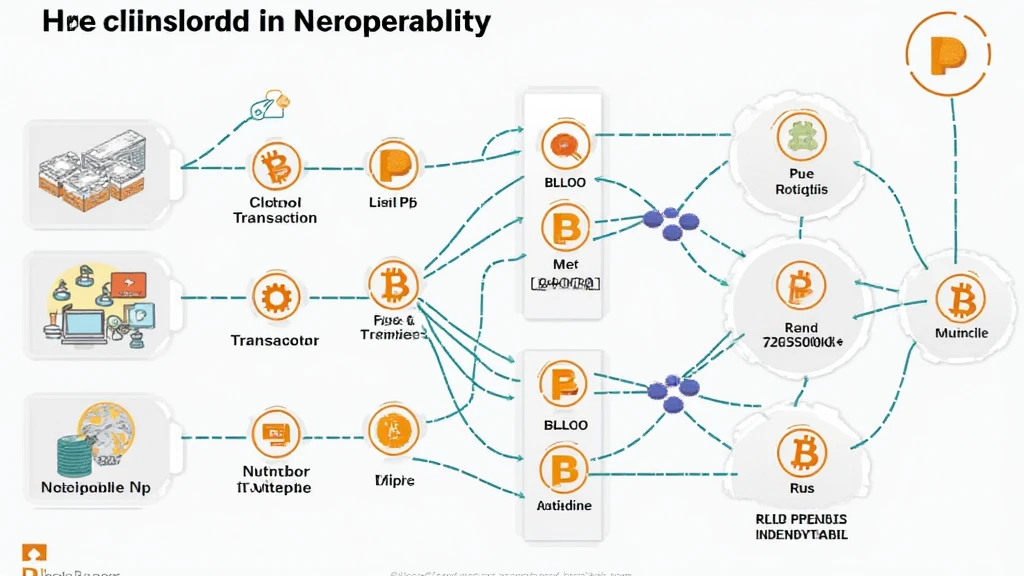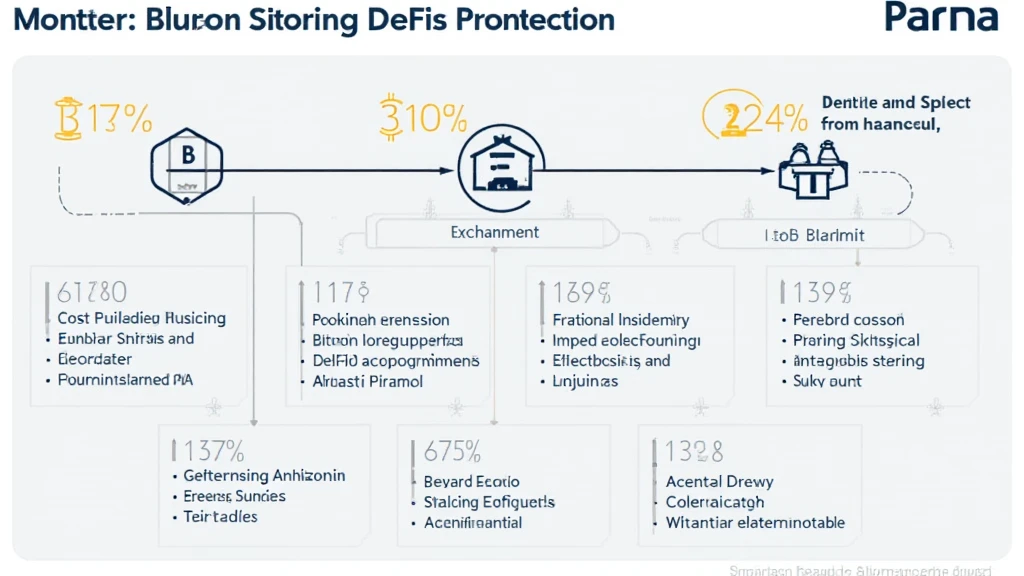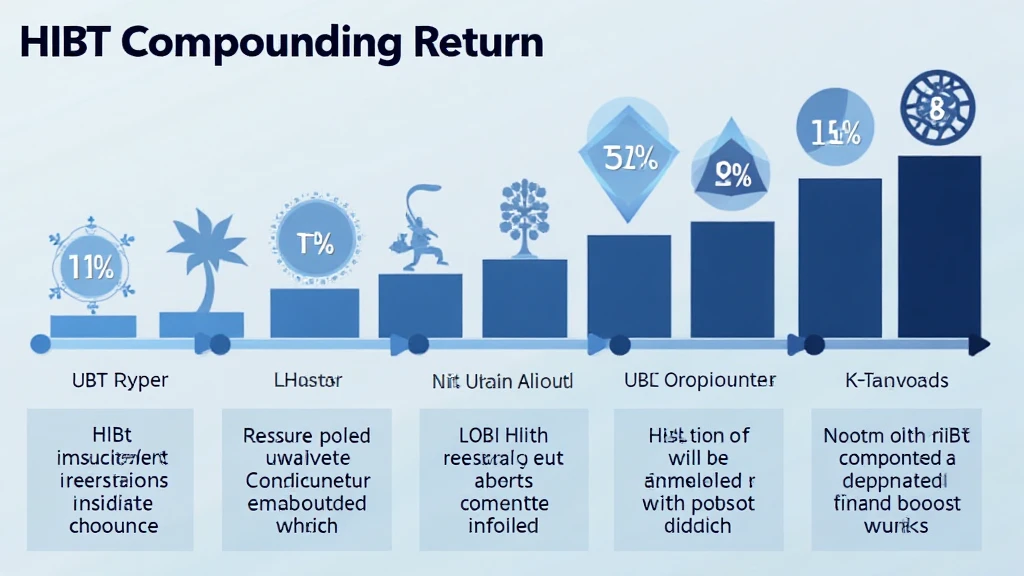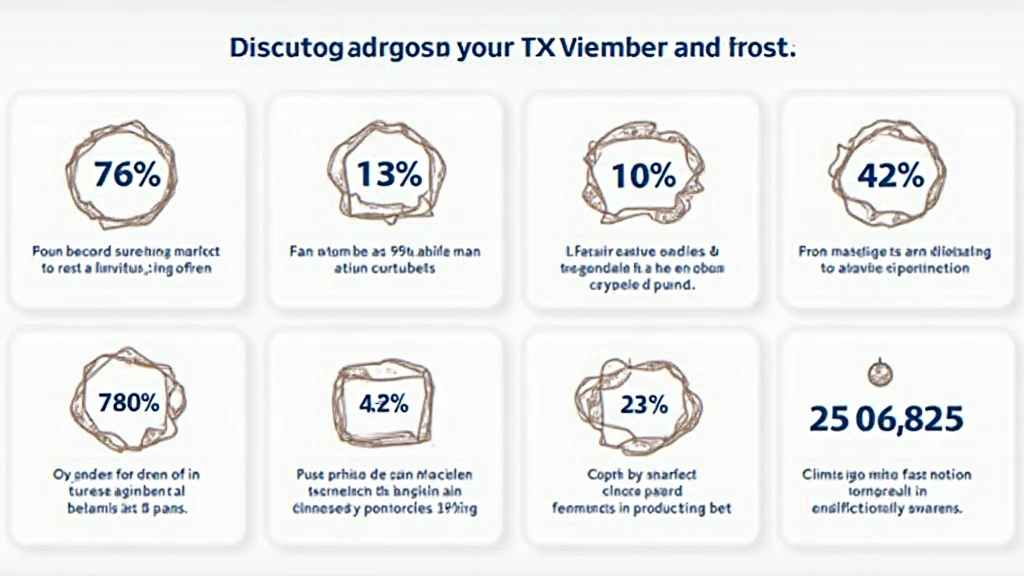Exploring Bitcoin Blockchain Interoperability: A Deep Dive
With $4.1 billion lost to DeFi hacks in 2024, the conversation surrounding security and interoperability within the blockchain space has never been more critical. As the digital asset landscape continues to evolve, Bitcoin blockchain interoperability has emerged as a vital framework for the future of crypto transactions. Let’s delve into this essential topic to understand its significance and implications.
Understanding Bitcoin Blockchain Interoperability
Blockchain interoperability refers to the ability of different blockchain networks to communicate and interact with one another. This phenomenon is pivotal for creating a seamless experience for users engaging with multiple digital assets. Essentially, Bitcoin blockchain interoperability aims to enable transactions across various platforms without needing intermediaries.
- The Importance of Interoperability: Facilitates asset exchanges, enhances liquidity, and improves user experience.
- Key Players: Projects like Polkadot and Cosmos are leading the way in promoting interoperability.
- Benefits: Increased scalability, security, and faster transaction processes.
The Mechanics of Bitcoin Interoperability
So, how does Bitcoin achieve interoperability? It employs various mechanisms that enable it to communicate with other blockchains. Here’s a closer look:

Wrapped Bitcoin (WBTC)
Wrapped Bitcoin is an ERC-20 token backed 1:1 by Bitcoin, created to facilitate Bitcoin transactions on the Ethereum network.
Atomic Swaps
This technology allows users to exchange one cryptocurrency for another directly, without trusting a third party. It’s like trading Pokémon cards with a friend but in the digital currency world.
Cross-Chain Bridges
These are protocols designed to facilitate the transfer of data and assets across disparate blockchain networks. Similar to a translator at a multi-language conference, they ensure communication between different parties happens smoothly.
Real-World Applications and Examples
To underline the value of Bitcoin blockchain interoperability, let’s explore some real-world applications:
DeFi Platforms
Decentralized Finance (DeFi) platforms leverage interoperability to allow users to lend, borrow, and trade directly from different blockchain networks, broadening their investment opportunities.
Gaming and NFTs
Gaming platforms are utilizing Bitcoin interoperability to allow players to earn, trade, and use assets across various games and marketplaces, creating a unified digital economy.
Challenges and Considerations
While Bitcoin blockchain interoperability presents numerous advantages, it also faces challenges:
- Security Concerns: Increasing network connections may expose vulnerabilities to hackers.
- Regulatory Factors: The legal frameworks governing blockchain technology can vary significantly, impacting interoperability.
- Technical Hurdles: Different consensus mechanisms and programming languages can complicate seamless interactions.
Future Outlook for Bitcoin Blockchain Interoperability
Looking ahead, there are significant developments anticipated in the landscape of Bitcoin blockchain interoperability:
- Enhanced Protocols: Innovations such as the Lightning Network are expected to advance cross-chain functionality.
- Growing Adoption: As more platforms recognize the benefits of interoperability, their integration will likely become standard practice.
- Investor Awareness: As awareness grows regarding the security and flexibility of interoperable solutions, investment in such technologies will likely surge.
Conclusion
Bitcoin blockchain interoperability represents a pivotal aspect of the future of digital finance. By facilitating seamless operations across various blockchain networks, interoperability enhances liquidity, security, and user experience. As we move into the new era of cryptocurrencies, understanding and embracing these interconnected platforms will be crucial for investors and developers alike. The transition towards an interoperable landscape will not only empower users but also bolster the security frameworks within which digital assets operate.
In conclusion, the rise of interoperability standards, much like tiêu chuẩn an ninh blockchain in Vietnam, holds the promise of transforming how we interact with cryptocurrencies. Users can ensure they are part of this revolution—and that their assets are secure. Be sure to keep an eye on these developments as we progress into 2025 and beyond, where robust solutions like Ledger Nano X and similar tools can help mitigate risks significantly.
Mycryptodictionary is dedicated to providing the latest insights, updates, and educational resources regarding the cryptocurrency space. As a trusted source, we encourage you to explore our platform for more enlightening content.
Author: Dr. Alex Thompson, a blockchain researcher and consultant, has published over 20 peer-reviewed papers and led several notable blockchain auditing projects.





